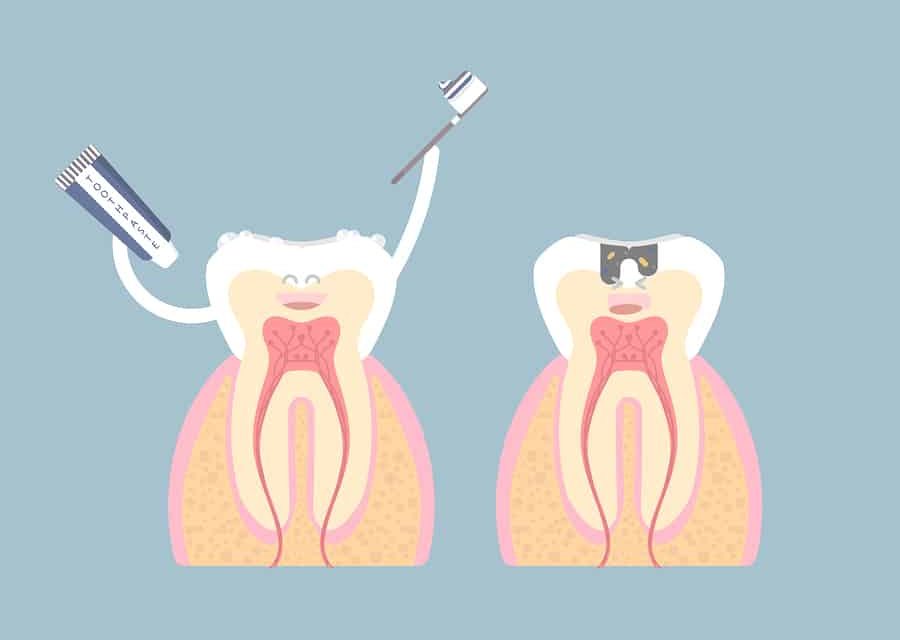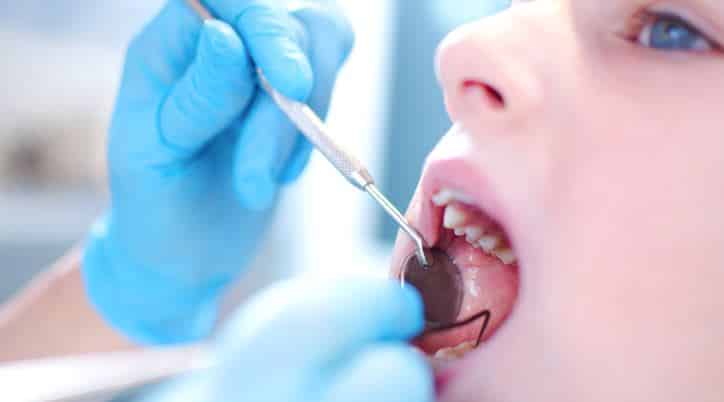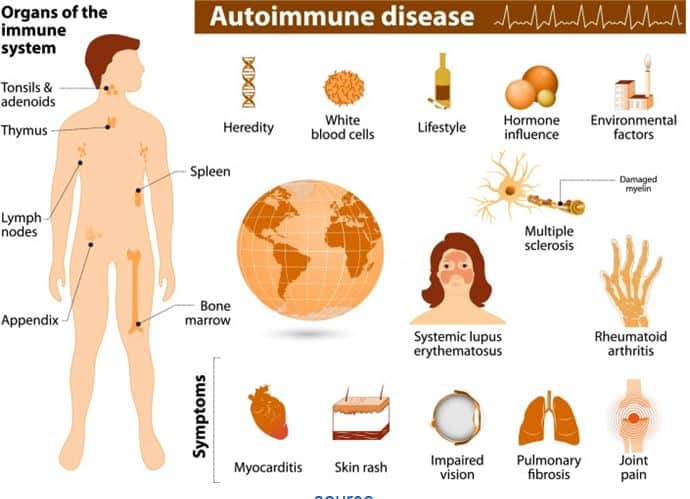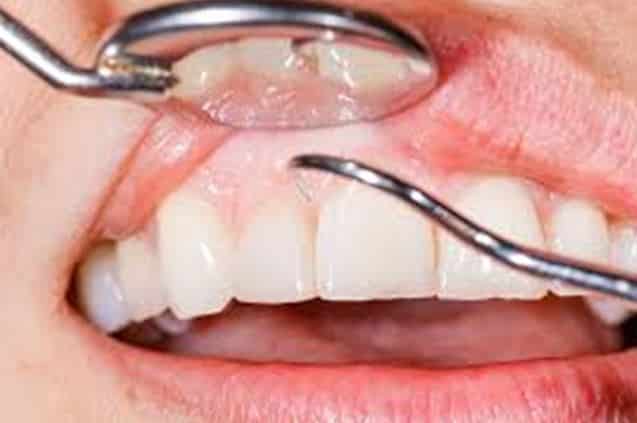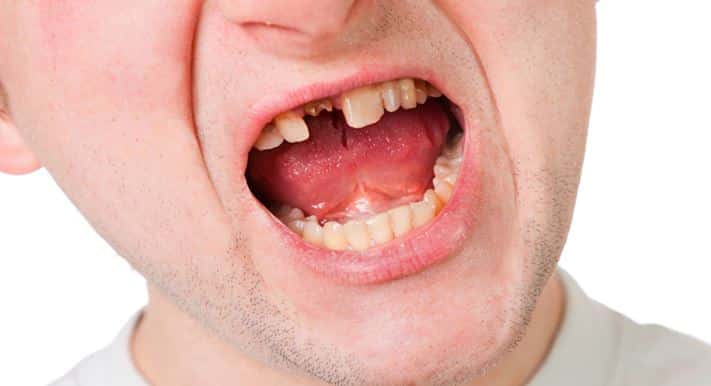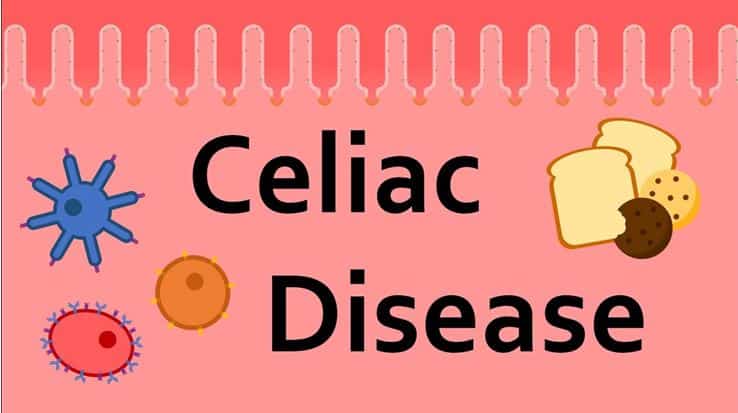Tooth decay can be unbearable and embarrassing at the same time.
It usually occurs when there’s a softening of the tooth enamel caused by acids. These acids are the results of plaque bacteria as it breaks down sugar in the mouth.
When tooth decay continues and is left untreated, it results in an extreme disease popularly referred to as a “Cavity.”
A protective top that covers the teeth is a hard substance that’s layered -- a defect in this enamel can result in a breeding ground for bacteria.
As tooth decay rates rise among Canadians, according to Canada’s Trusted Voice, you need to understand what’s causing it and how to treat it.
Poor dental hygiene is the most popular cause of tooth decay and Cavity. But other diseases and disorders can also cause decay.
Let’s examine the 7 common diseases that cause tooth decay:
- Anorexia and Bulimia
One of the factors associated with tooth decay is anorexia and bulimia. Both disorders are the results of uncontrolled eating habits.
These situations occur when people are scared of gaining excess weight and either eat less or consume more food as a result.
Both disorders affect the teeth negatively because the body is no longer getting the essential minerals, proteins, vitamins, and other nutrients that are needed for good oral health, which allows the teeth to stay strong, shiny, and healthy.
When people suffering from anorexia eat, they tend to consume more sugary, salty, unhealthy foods that don’t benefit the teeth.
More so, a person suffering from bulimia may binge eat and then vomit. Once this begins to happen, acids involved in food break down begins to chop off the tooth enamel, which results in decay over time.
Swollen glands, bad breath, swollen glands, and worn down teeth are some of the effects of bulimia when it’s present in a person.
- Autoimmune Conditions
Sometimes, the human body may attack itself -- thus leading to autoimmune conditions. These are a family of diseases that no one ever wishes on her enemy.
Some of these situations can affect major organs of the body such as kidneys, heart, and even smaller organs like the salivary glands.
Bear in mind that many of these diseases act directly or indirectly with the dental system, but the primary one that’s dependent on oral health is Sjögren’s syndrome.
Sjögren is a disease that affects the salivary gland. It causes a reduction in the amount of saliva that’s produced in the mouth. It affects the mouth in the same way diabetes does. In extreme cases, a person may struggle to produce saliva or not produce at all.
Individuals who have this disease are usually advised to see the dentist at least twice per year for a proper checkup on issues related to tooth decay -- as a result of insufficient saliva production.
Quick treatment may be over the counter lozenges, mouthwashes, and other dental products that can help to speed up saliva production in the mouth.
- Teeth Diabetes
Diabetes is one of the major causes of tooth decay because of its strong impact on the tooth. It doesn’t matter if it’s type 1 or type 11 diabetes, the body’s sugar level is increased as a result of lowered insulin levels.
The mouth and many parts of the body fall victim to the effects of this reduction in blood sugar levels.
Diabetes leads to dry mouth, which occurs when saliva production is limited. Aside from keeping your mouth healthy and feeling more comfortable, saliva plays a key role in protecting your teeth against the bacteria that cause tooth decay.
A mouth that doesn’t produce adequate saliva will make the teeth more vulnerable, and this increases the risk of developing cavities.
When this tooth decay lingers, it can cause gum disease as well. Gum disease occurs when bacteria continue to breed in the mouth.
Research by the Canadian Dental Association shows that a lot of people diagnosed with diabetes are prone to gum disease.
To worsen the situation, gum disease affects blood sugar and causes it to rise, which also increases the risk of severe diabetes. It’s more or less a vicious cycle that needs to be curtailed the moment symptoms begin to develop.
- Toothache
Did you know that toothache can be a serious oral problem? It can lead to tooth decay if it’s severe. That’s why you need to book an appointment with a dentist as soon as you feel any sharp pain in your teeth or gums.
If you want a quick treatment to toothache, you might want to rinse your mouth with warm water, take an over-the-counter pain reliever, as well as floss regularly to get rid of food particles hiding between teeth.
If there’s a swelling or pus around the tooth or fever, it could be an indication of an abscess, a more severe dental problem.
Visit your dentist at your earliest convenience. You might take antibiotics and other essential treatments to deal with this.
- Heartburn
Heartburn, which is medically referred to as gastroesophageal reflux disease (GERD) is another cause of tooth damage, based on a study by the British Columbian HealthlinkBC.
It can lead to an eruption that forces stomach acid to flow into your mouth (reflux), chopping away the enamel of the teeth and affecting the root of the teeth.
When this happens, you’ll notice significant damage in and around the teeth. This exposes the enamel to bacterial attack, thereby causing tooth decay.
A good dentist will counsel you to see your doctor who will diagnose the impact of gastric reflux, and whether or not it’s the cause of your disappearing enamel.
- Loose Teeth
Lose teeth is arguably one of the causes of tooth decay. It’s made up of loose dentures and receding gums. These are all indications of low bone mineral density, which can create an unfavorable condition known as osteoporosis.
According to The State of Oral Health in Canada, women who suffer from osteoporosis are 3X more vulnerable to suffer tooth loss than those who have other dental issues.
Furthermore, the National Institute of Arthritis and Musculoskeletal and Skin Diseases, dental X-rays are helpful for screening osteoporosis.
Furthermore, there’s a clear indication that dental X-rays are effective in identifying people with osteoporosis. This is quite different from people who only experience normal bone density.
- Celiac Disease
The Journal of the Canadian Association of Gastroenterology conducted a study and found that dentists can easily identify celiac disease in patients if they’re aware of what they’re going through.
Although this autoimmune disease, which occurs when the body begins to fight itself, resulting in the gluten damaging the small intestine, is an integral gastrointestinal symptom, celiac disease can lead to tooth decay and cavities, which gives rise to dental enamel defects.
Celiac disease can cause tooth discoloration. It can leave yellow or brown spots on the teeth. It can also lead to banded or pitted teeth, which is similar to a groove going across the teeth.
These are symmetrical defects that hinges on the incisors and molars. Other noticeable oral symptoms of celiac disease are mostly discomforting, such as recurring canker sores, which is a smooth, red tongue -- and an extremely dry mouth.
How to Prevent Cavities and Tooth Decay
Most people live with cavities and oral problems for long. But it doesn’t have to be so, as there are helpful measures that can prevent and strengthen your teeth.
Here are some of them:
a). Eat Healthy Diet: Eat a healthy diet and do away with foods rich in sugar and drinks that encourage bacteria to thrive in your mouth.
b). Fluoride Toothpaste: You need to take brushing seriously -- at least twice per day with a fluoridated toothpaste. By using toothpaste that contains fluoride, you’re in a better position to prevent mineral loss from the tooth. It’s also a great way to replace worn-out tissues in your mouth.
Fluoride is beneficial and recommended to people who want to prevent cavities. It does this by inhibiting enamel breakdown and quickening the remineralization process.
c). Sealants: You need sealants to cover the deep grooves and pits in your teeth. These are obvious around the molars and other areas of your teeth. It can be a breeding ground for bacteria -- thereby leading to tooth decay.
Your dentist can paint a pit and fissure sealant on deep groves. As the sealant hardens, it builds-up a barricade that protects the tooth surface from plaque and acids.
d). Daily Flossing: It’s recommended to floss daily if you want to remove plaque and food particles that are hidden in the pits and spaces between your teeth. Remember that a toothbrush can't reach these regions, so flossing is a reliable way to promote healthy teeth and enhance your gums.
e). Change Your Toothbrush: Don’t wait for long to change your toothbrush, you should do so once it looks worn, or every three months. But why is that? Well, a new toothbrush will have new and stronger bristles, these can easily remove plaque when you brush.
Conclusion
Tooth decay and cavity are some of the most common oral problems that most people face. They’re popular in kids, teens, and even older adults. The truth is that anyone with teeth stands at risk of developing cavities.
If cavities aren’t taken seriously and treated as soon as possible, it’ll grow and affect the layers of your teeth. This can cause severe toothache, tooth loss, and serious infections.
That’s why you need to visit your dentist regularly. More importantly, brushing and flossing regularly is your best protection against cavities and tooth decay.

